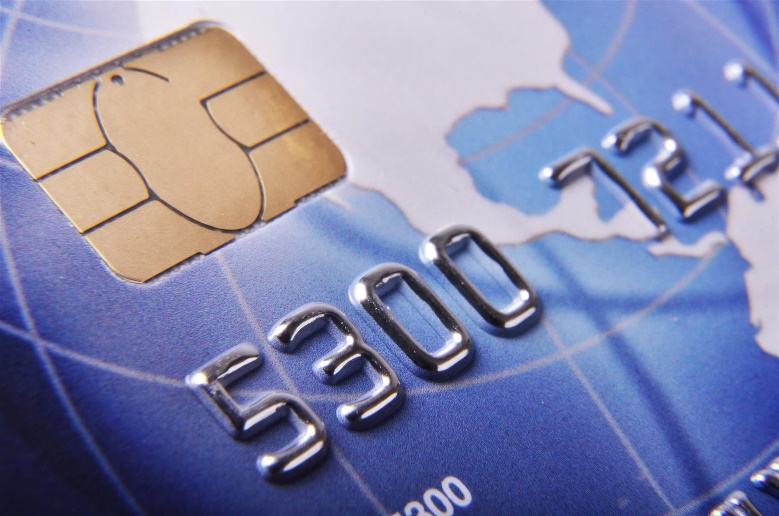The switch to EMV processing or EMV credit and debit card processing began back on October 1, 2015. However, not all businesses were prepared at that time to make the switch. If you still have not switched, you will want to start developing a plan to embrace the new processing methods, as soon as possible. Otherwise, any fraudulent transactions are now the responsibility of the merchant and can affect your bottom line.
Even if you upgraded to EMV credit card terminals and are now accepting EMV payments, there can still be some confusion on completing transactions for both your employees and your customers. In order to make the change easier for everyone, please feel to review the following tips and suggestions.
- Verify that you are using the latest technology and equipment. EMV card terminals need to have the ability to read the chip embedded in credit and debit cards. Your EMV card terminal will have a slot for consumers to slide their card in and leave it in until the transaction is completed.
- Conduct training with your employees to understand how the new readers work. When you take time to ensure your employees have been properly trained, and they understand the reasons behind the switch to EMV, they can better assist your customers and answer their questions; all while protecting your business against possible fraud.
- Educate consumers on how to pay using a credit or debit card with an EMV terminal. EMV transactions take a little longer than swiped transactions to fully process. The reason for this is because consumers must insert their card into an EMV reader, give the reader time to decrypt chip information, and then prompt for a PIN number before finalizing the transaction. Taking the time to assist customers through the new process will help them become EMV payment pros and keep processing times to a minimum.
- Use the switch to EMV as a marketing tool. EMV technology is much safer and secure than swiping cards for payments. You can create specific marketing materials that explain the process to your consumers and how it helps protect their information.
- Restaurants may need to modify current payment methods to use EMV. In the past, most restaurants would have the servers collect payment and process credit cards. With EMV, this is not possible, since the customer must enter a PIN. Two potential options are to either have guests pay as they get ready to leave, or to obtain portable EMV card terminals your servers can use tableside.

Keep in mind, not every business was required to switch to EMV back in October. However, as the technology continues to evolve, you need to remain informed of any future changes. For instance, portable EMV readers compatible with smartphones have been in mass development and are becoming more readily available as time goes on. It is advised to contact your merchant service provider and ask them about upgrading in order to avoid being responsible for fraudulent transactions.
For more information about EMV, upgrading to EMV terminals, or other credit card processing solutions for your business, contact Leap Payments today at 800-993-6300.



